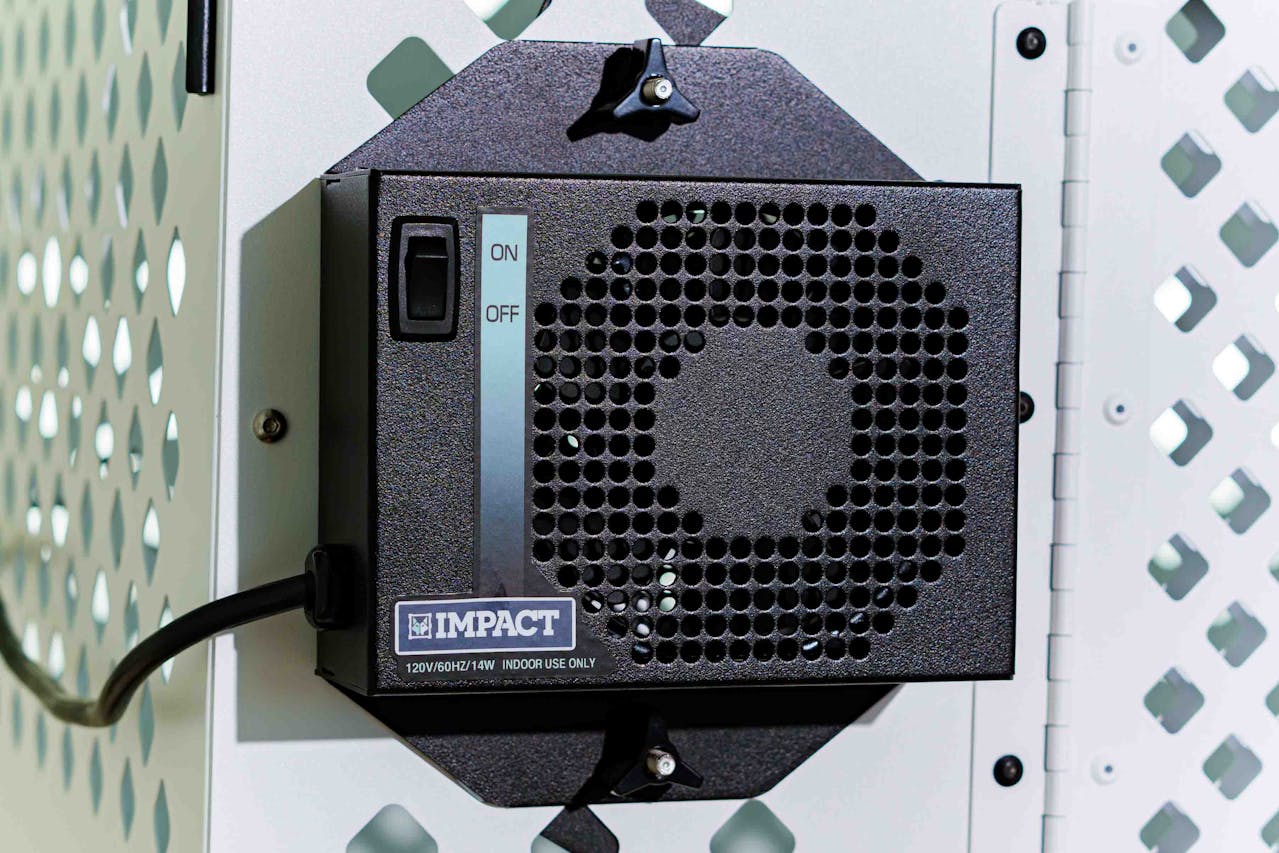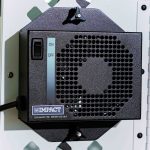Kitchen fans or extractor hoods have become an essential part of modern kitchens. They serve a vital role in maintaining the air quality in the kitchen, keeping it free from cooking odors, smoke, and airborne grease. The best extractor hoods not only offer excellent performance, but also seamlessly blend into your kitchen’s design. In this detailed guide, you will find useful advice to choose an efficient extractor fan that meets your needs in terms of air circulation, ease of maintenance, design, and price.
Identifying Your Kitchen Ventilation Needs
Before embarking on the journey of purchasing a kitchen extractor fan, you need to identify the specific needs of your kitchen. It is not a one-size-fits-all situation. Depending on the frequency of cooking, the type of cooking you do, and the size of your kitchen, your ventilation needs may differ.
Have you seen this : Can the type of refrigerator affect your food choices and slimming efforts?
For example, if you frequently use your range for frying or grilling, you might need a hood with a higher cubic feet per minute (CFM) capacity, as these cooking methods produce more smoke and particles. On the other hand, if you have a small kitchen, a ductless hood that recirculates the air rather than venting it outside might be a better option.
Understanding Exhaust Hoods and Their Types
There are various types of exhaust hoods available, and knowing the differences between them can help you make a more informed decision.
This might interest you : What are the benefits of having an indoor kitchen herb garden for fresh, flavor-rich, low-calorie meals?
The most common options are wall-mounted hoods, under-cabinet hoods, and island hoods. Wall-mounted hoods, as their name suggests, are attached to the wall above your range. Under-cabinet hoods are installed beneath the cabinets over your stove, making them a space-saving option for smaller kitchens. Island hoods hang above a cooktop located on a kitchen island and are usually larger and more design-focused.
Another important factor to consider is whether the hood is ducted or ductless. Ducted hoods vent the air outside the house, while ductless hoods filter the air and circulate it back into the kitchen.
Evaluating the Performance of Extractor Fans
When it comes to the performance of kitchen extractor fans, one crucial aspect is their air movement capacity, measured in CFM. The higher the CFM, the more air the fan can move, making it more effective at removing smoke and odors.
However, you should be cautious not to choose a fan with a CFM rating higher than necessary, as it can lead to unnecessary energy consumption, and in some cases, it may even create negative pressure in your home.
The noise level of the hood is another factor to consider. You need to strike a balance between the fan’s effectiveness and the noise that it generates.
Considering the Maintenance and the Filters
Maintenance is an often overlooked but important consideration when choosing an extractor hood. Hood filters play a significant role in trapping grease and other particles. These filters need to be cleaned regularly to maintain the hood’s efficiency.
Some hoods have washable filters that can be cleaned in a dishwasher, while others require replacement filters. While the former may seem more cost-effective in the short term, the latter can be more convenient as it saves you the time and effort of cleaning.
Balancing Design and Price
Finally, while functionality is paramount, you also want an extractor fan that complements the design of your kitchen. A range hood can be a focal point in the kitchen, so its aesthetic value should not be overlooked.
While stainless steel is a popular choice for its durability and timeless look, there are other options such as glass, copper, and even custom designs.
When it comes to price, remember that cheaper isn’t always better. It’s worth investing in a high-quality extractor fan that will serve you well for years to come. Consider all factors, including installation costs and the price of replacement filters, before making a decision.
By carefully considering all these factors, you will be well on your way to choosing the perfect extractor fan for your kitchen. You’ll enjoy a fresher, cleaner cooking environment, and your kitchen will look and smell better too!
Reviewing the Features and Extra Options of Extractor Fans
If you’re aiming for an efficient extractor fan, there are also features and extras to consider. These can range from LED lights, to an indicator that alerts you when to clean the filters, to varying speed settings.
LED lights are a sought-after feature in range hoods. Not only do they consume less energy, but they also have a longer lifespan compared to traditional light bulbs. They provide ample lighting to the cooking area, which enhances visibility and safety when cooking.
An indicator for filter cleaning is another beneficial feature. This indicator can either be a light or a notification on a digital display, alerting you when it’s time to clean or replace the filters. This way, you can ensure your extractor fan is always at peak performance.
Different speed settings give you the flexibility to adjust the extractor fan’s power according to your cooking needs. A low setting would be sufficient for simmering or steaming, while a high setting would be ideal for frying or grilling.
High-end extractor fans may also offer additional features such as smart connectivity, allowing you to control the fan through your smartphone or smart home devices. While these features might increase the share price, they also add to the overall convenience and efficiency of the range hood.
Choosing an Energy-Efficient Extractor Fan
Selecting an energy-efficient extractor fan not only reduces your carbon footprint but also saves money on your energy bills. Check for an extractor fan fitted with a Brushless DC (BLDC) motor. These motors are more efficient and quieter than traditional motors, providing superior air delivery without excessive energy consumption.
Look for energy ratings when shopping for your extractor fan. The higher the energy rating, the more efficient the model is. You can find this information on the product packaging or in the product specifications.
A vital factor to consider is the extraction rate – the amount of air that the fan can extract in an hour. A higher extraction rate means that the fan is capable of clearing the air in your kitchen more quickly. However, a higher extraction rate also usually means a higher energy consumption. Therefore, you should consider your kitchen’s size and your cooking habits when determining the suitable extraction rate.
Remember, an energy-efficient extractor fan doesn’t have to compromise on design or performance. Many stylish models offer excellent extraction rates and are fitted with energy-saving technologies.
Conclusion
The journey to selecting the perfect extractor fan for your kitchen involves numerous considerations. From identifying your kitchen’s specific ventilation needs, understanding the types of exhaust hoods, evaluating their performance, considering the maintenance and filters, to balancing design and price – each step is vital to ensure you choose an extractor fan that meets your needs and preferences.
Additional features such as LED lights, filter cleaning indicators, and varying speed settings can enhance the functionality and convenience of your cooker hood. And not to forget, opting for energy-efficient models can contribute to long-term savings and a sustainable lifestyle.
By considering all these aspects, you will not only enjoy a smell-free, slim kitchen environment but also a highly functional, aesthetic kitchen space that suits your cooking habits, budget, and style. Don’t rush the decision – take your time, do your research, and consider your options. A well-chosen extractor fan is a worthy investment that can enhance your cooking experience and the quality of your kitchen environment for years to come.






